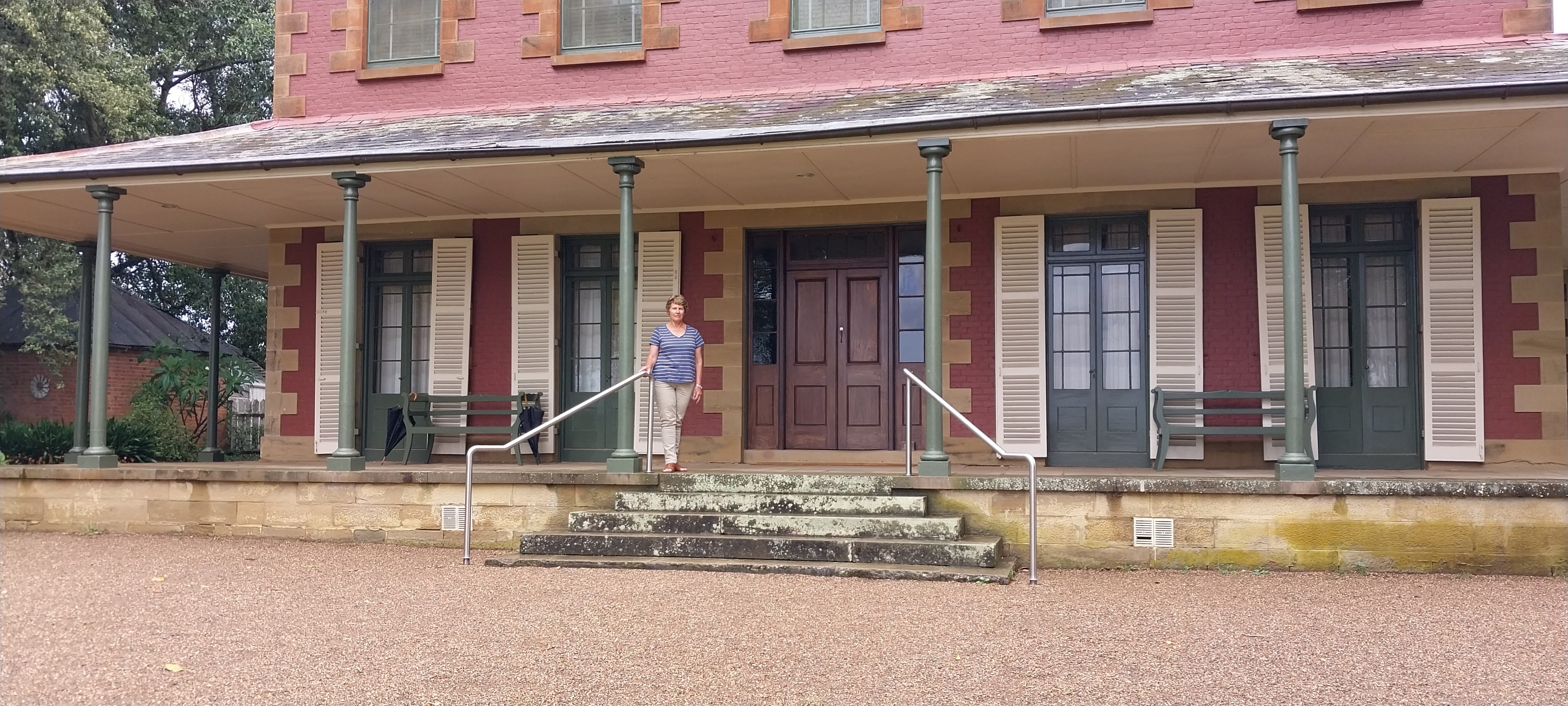
Tocal Homestead: 200 Years of Agriculture in the Hunter
BY MEREDITH BLAIR
The name Tocal, given by the Wonnarua people, means abundance.
Tocal Homestead co-ordinator Sandra Earle believes the name is fitting, with Tocal continuing to provide abundance for the people that work the land.
Hunter residents would recognise the name Tocal, likely from the Agricultural College opened in 1965.
A kilometre and a half up Tocal Road however sits the Tocal Homestead, telling stories of 200 years of the development of agriculture in the area.
“The fascinating thing about this place is you can see the mark left by the different owners – it makes it this unfolding story with pretty good continuity as you walk around,” Sandra said.
The story of the Tocal Homestead begins in January 1822, when 3000 acres of land was granted to Englishman James Phillips Webber.
Responding to the need for food for the colony, Webber was allotted convicts and started clearing the land, going on to grow vegetables, fruit, wine, tobacco and maize, as well as raising cattle, horses and sheep.
Some of the earliest structures that remains on the property from Webber’s time is the Stone Barn, constructed in 1830 to dry tobacco and service vineyard, as well as the Blacksmiths shop, with cobblestones from c. 1834.
Webber remained on the property for 12 years before passing Tocal into new ownership, in 1834 selling the property to Sydney father and son businessmen Caleb and Felix Wilson.
Following the death of his father Caleb in 1837, Felix Wilson built the Homestead’s most iconic structure, the 1841 Georgian style double story sandstock brick house.
By 1844, Felix was unable to attend the Homestead due to business in Sydney, therefore leasing out Tocal to the Charles Reynolds and his family for three generations.
The Reynolds family were lovers of Hereford Cattle, also owning Devon Cattle and horses, making Tocal renowned for its livestock breeding.
The family continued to work the property, but when Felix Wilson died in 1865, Tocal Homestead was left in limbo, Felix’s eldest grandson he had left the property to in his will being unborn.
During this uncertainty, the Reynolds played a caretaker role for the property, ensuring the maintenance of the property, with responsibility of the property passing from Charles Reynolds to his son Frank.
Another structure on the property, Blacket Barn, was built in the Reynold’s era of Tocal following the previous hay shed burning down due to a case of spontaneous combustion.
Designed by prominent colonial architect Edmund Blacket, the 1868 barn design is reminiscent of the church buildings Blacket is widely recognized for.
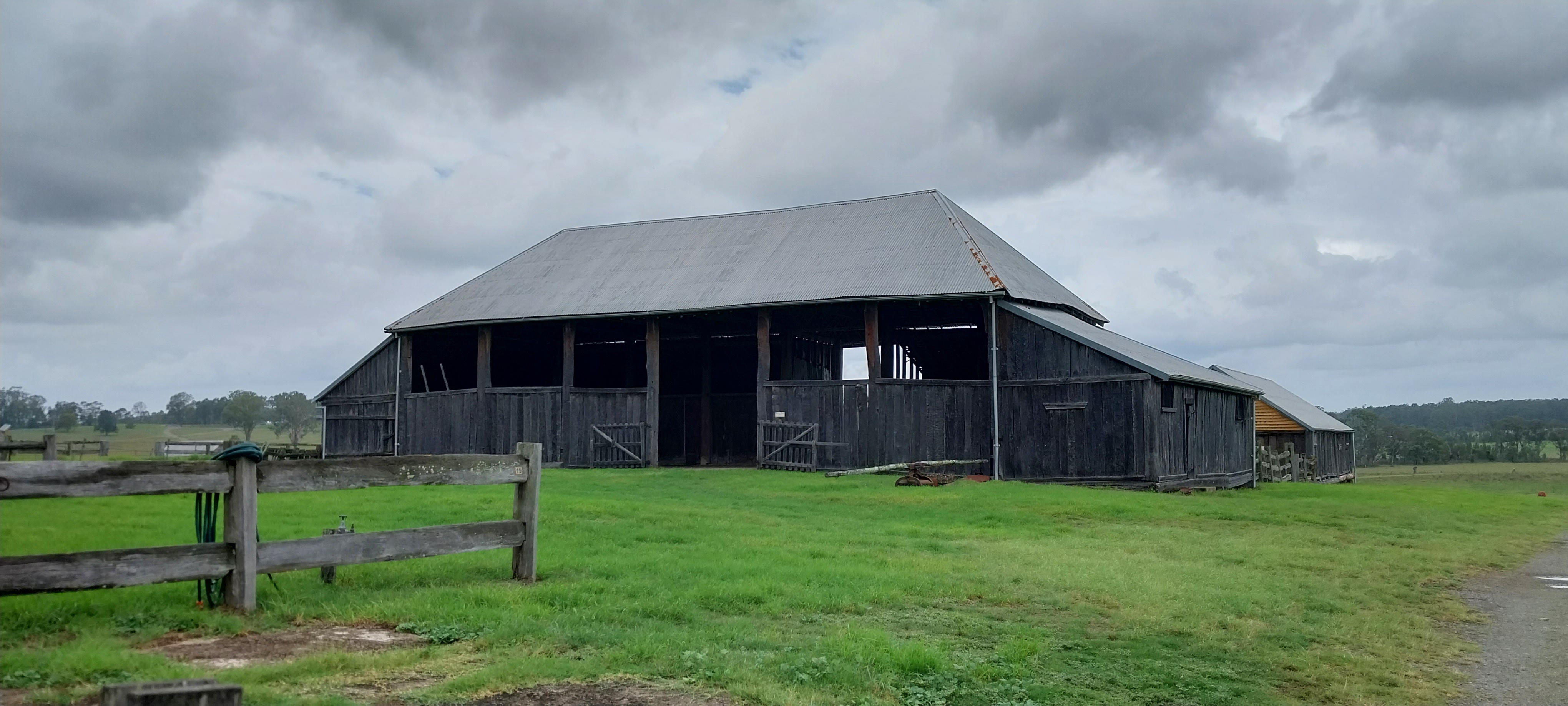
The Reynolds family leased the property for 63 years until 1907 when David Wilson, the first-born grandson of Felix Wilson, allowed an elderly Frank Reynolds to buy the property.
In 1926, the property was sold to the Alexander family, Isabella, Robert, Jean and Charles, a set of elderly siblings who used the property as a retirement home.
Of the siblings, the youngest, Charles Alexander was ahead of his time, having an elevator installed in the house in 1927 and creating his own private ‘power station’ on the property that used a kerosene powered generator and a bank of batteries in a time where power was only widely available in bigger Australian cities.
By 1938, Charles was the last surviving sibling, leaving him sole owner of the Homestead.
He however died in 1947, leaving a large estate and complex will that left provision for the establishment of a college for young people to learn agricultural skills, later becoming Tocal College.
Charles’ nieces Myrtle and Marguerita Curtis who lived with him following his sister Jean’s death, continued to live at the Homestead until their deaths in July 1985 being buried underneath their favourite tree on the property.
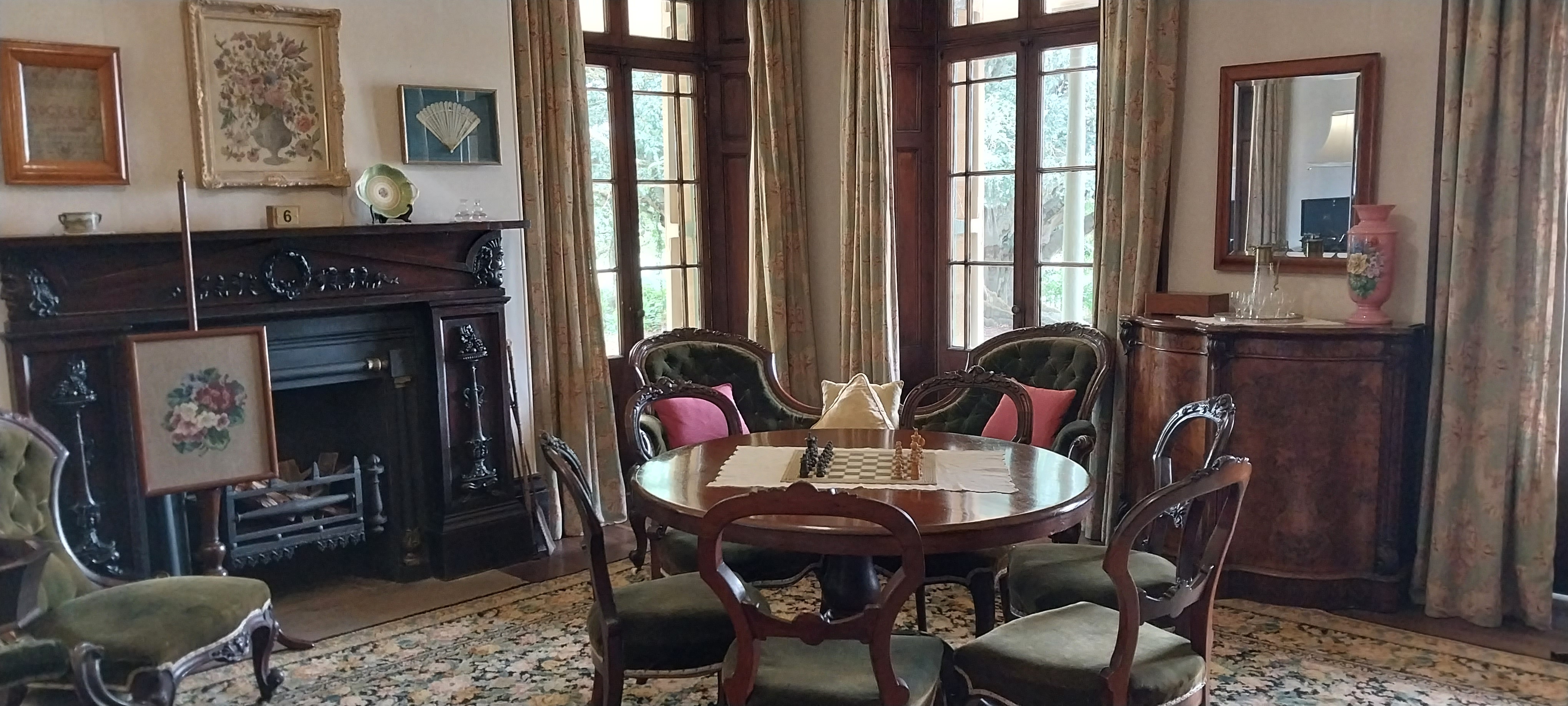
While the Curtis sisters led relatively quiet lives, they were aware of their uncle’s wishes and even appeared as guests of honour at the opening of the College having lunch with Sir Robert Menzies.
By 1987, the CB Alexander Foundation granted access to the Tocal Homestead for the community, gradually increasing this access as time went on.
Homestead co-ordinator Sandra Earle has worked at Tocal for 22 years and can recall the progress the Homestead has made.
“It’s changed a lot,” Sandra said.
“We started off with a basic school program and tours, but we’ve developed those and are doing a lot on site now that allows access to the community.”
The hopes for the future of the Tocal Homestead are clear, with a commitment to keep the Homestead in perpetuity for future generations.
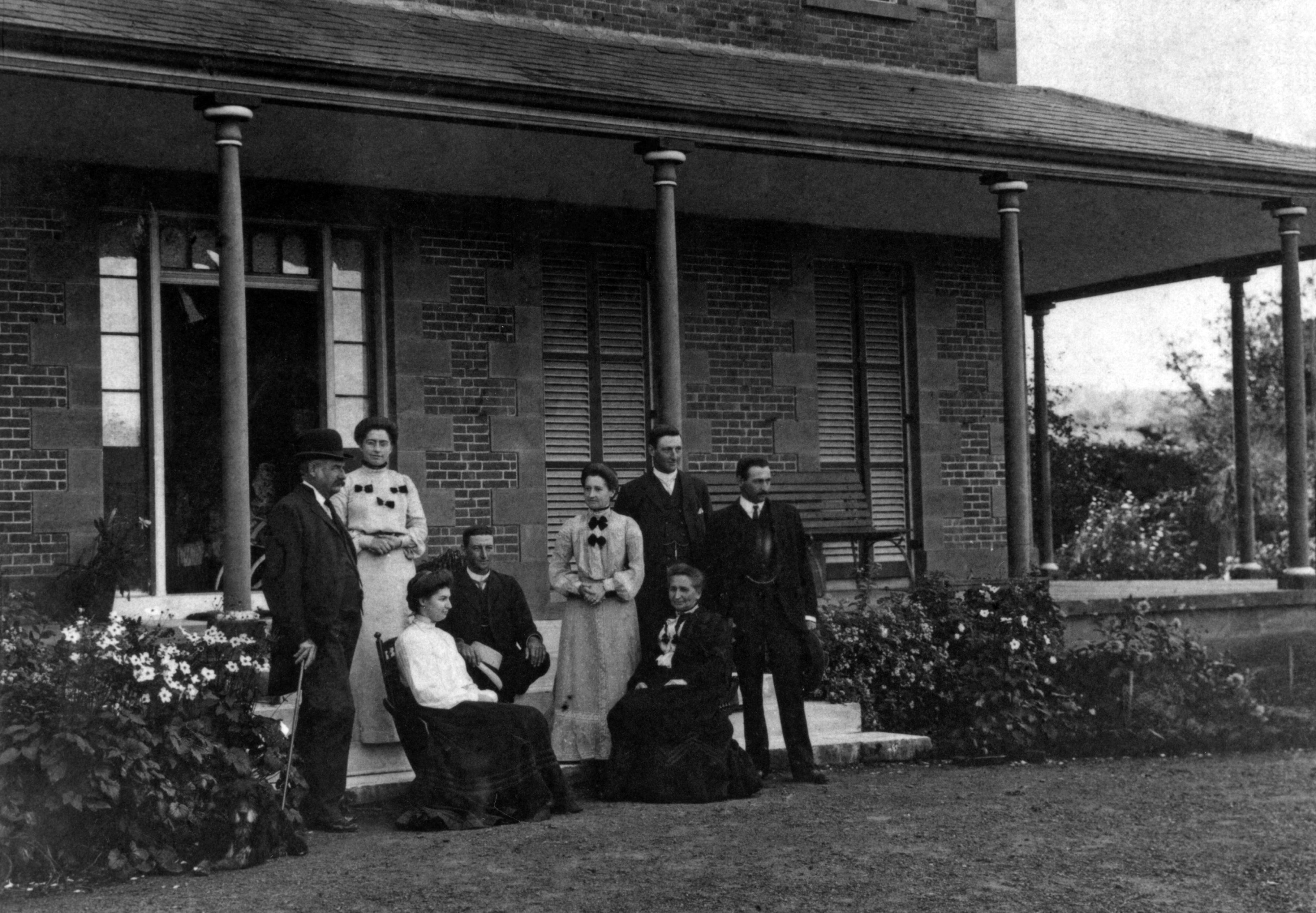
With school programs, events hosting and open days at the Tocal Field Days and every Sunday 10am to 3pm between March and November, paired with the dedication of volunteers and Homestead coordinators to maintain the heritage of the Tocal Homestead, the future of the Homestead looks bright.
“The Homestead, although held in a private charitable request being the CB Alexander Foundation, is certainly set as a community asset that we love sharing with everyone,” Sandra concluded.
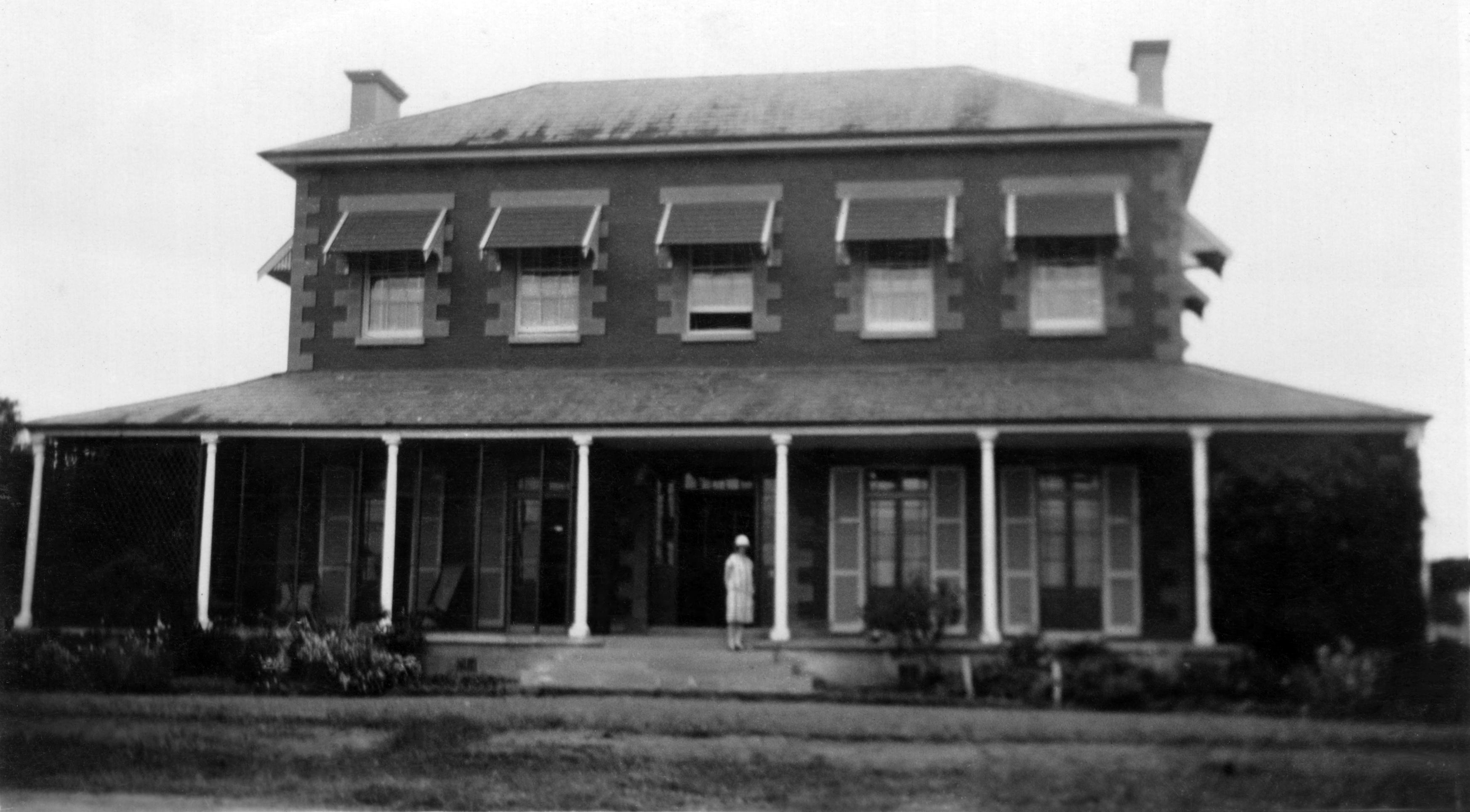
Do you want a taste of times gone by? On Sunday July 30, Tocal Homestead will hold their annual ‘Peek Into The Past’ open day, with heritage clothing parades, machinery demonstrations, farm animals and more. To find out more, visit tocal.com.au/peek-into-the-past/
